
Peoples and Languages
Social Media
Leave comments, suggestions, keep an eye on news in our groups on VK, Odnoklassniki and Telegram channel
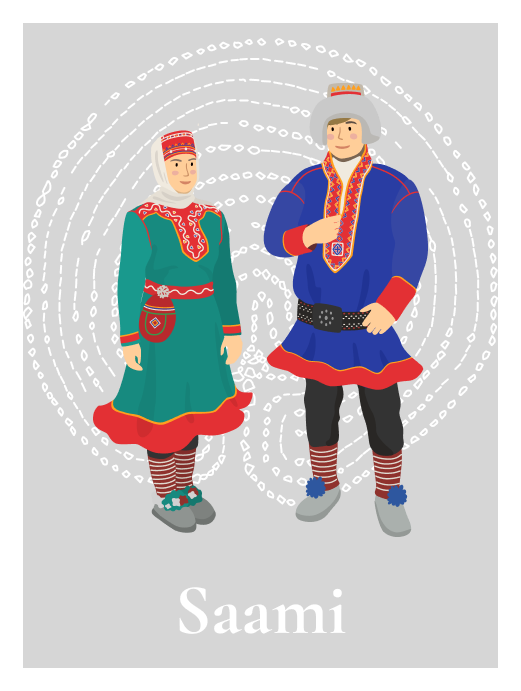
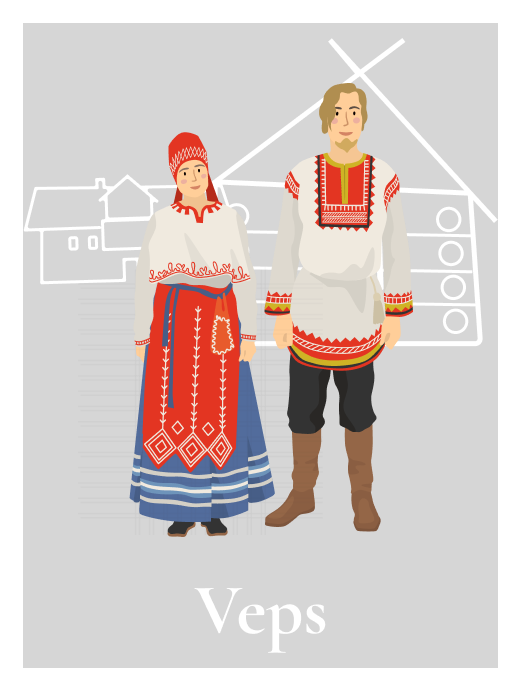
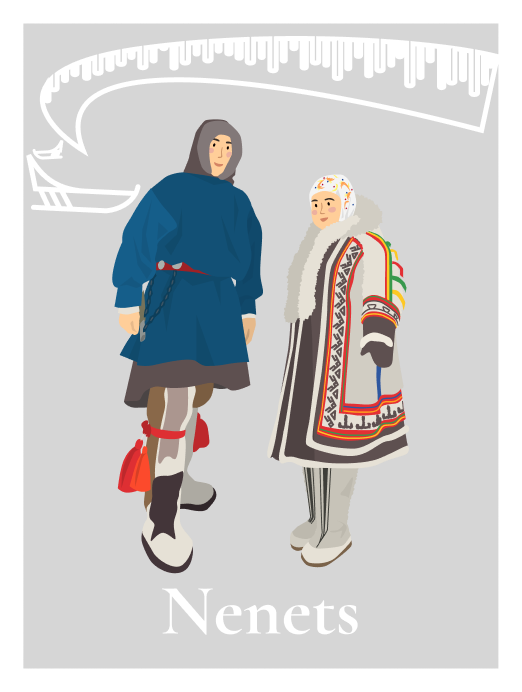
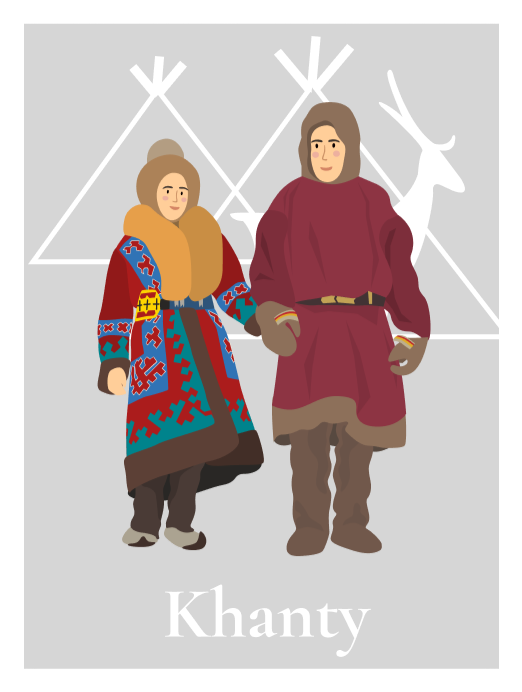
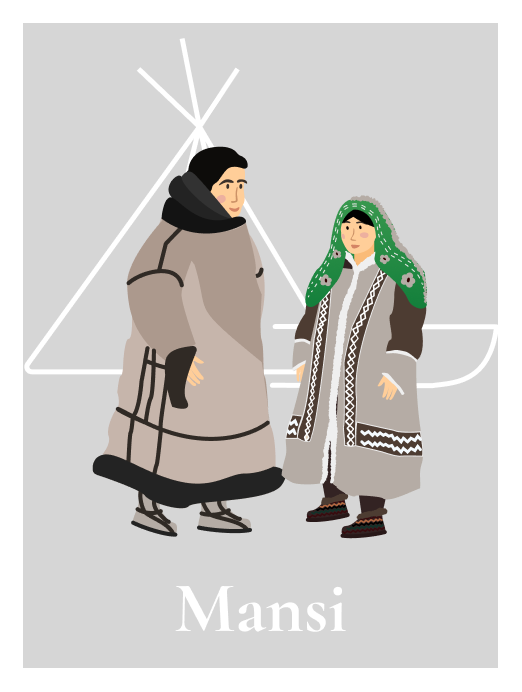
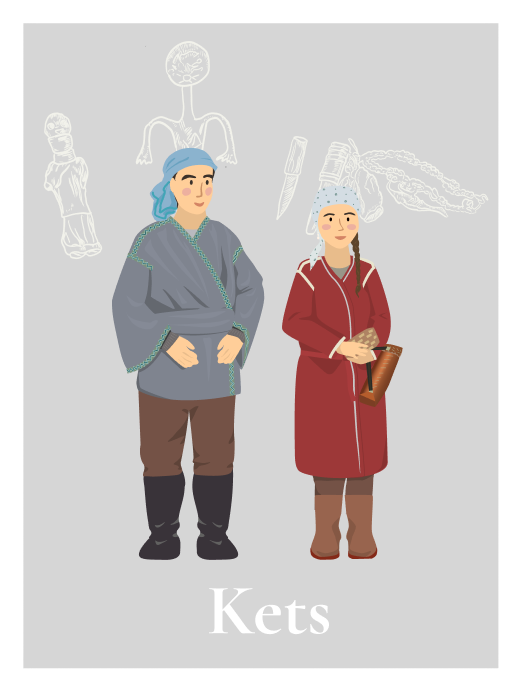
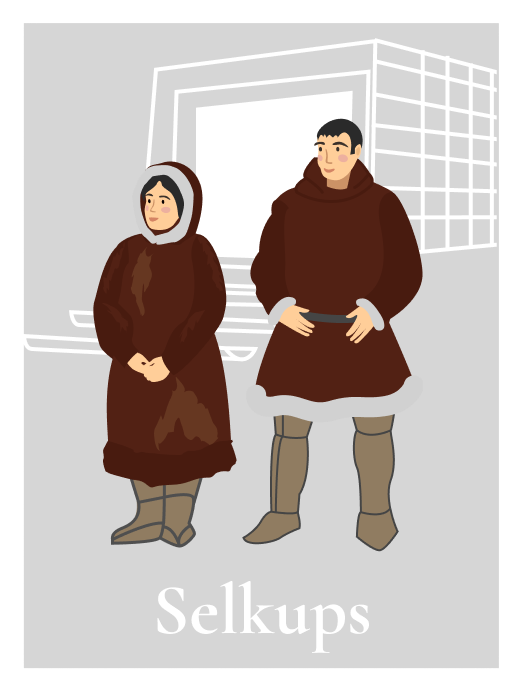
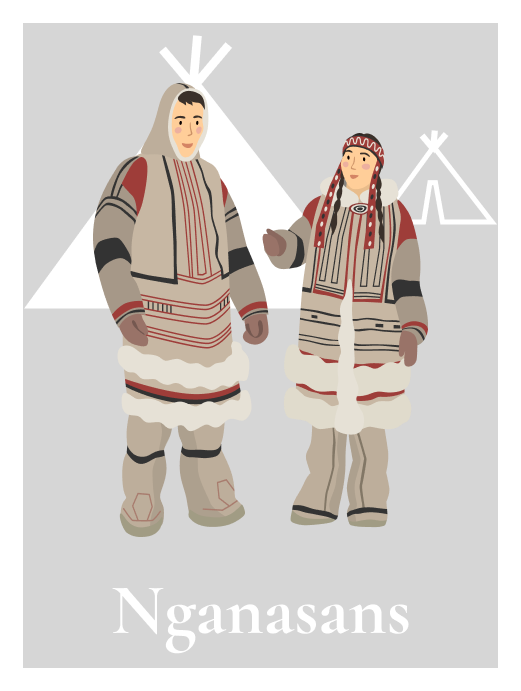
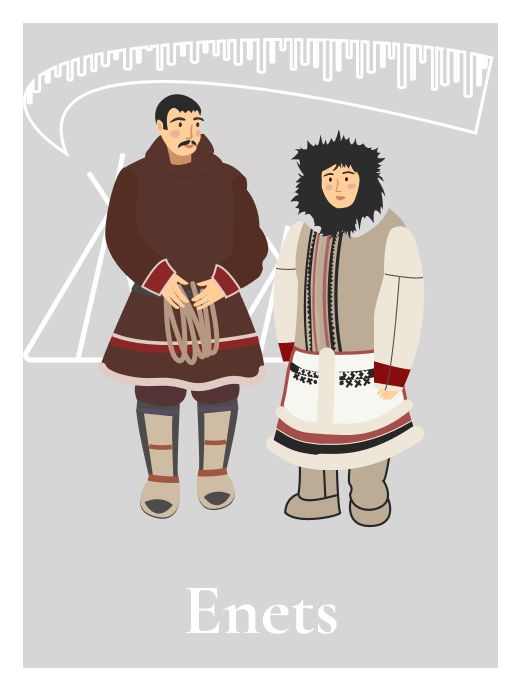
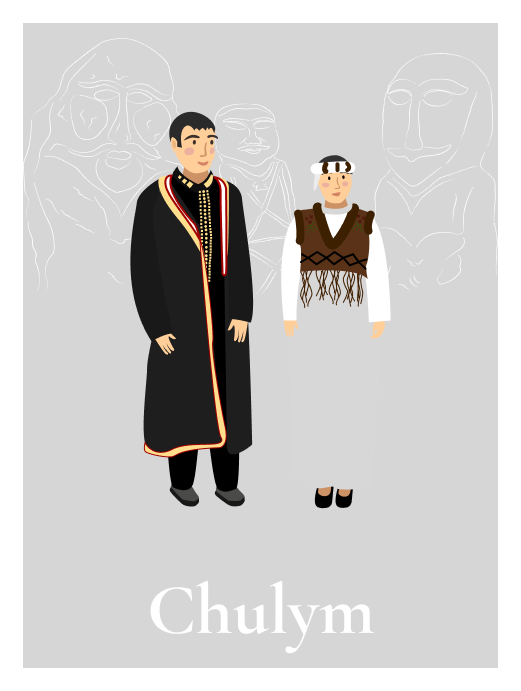
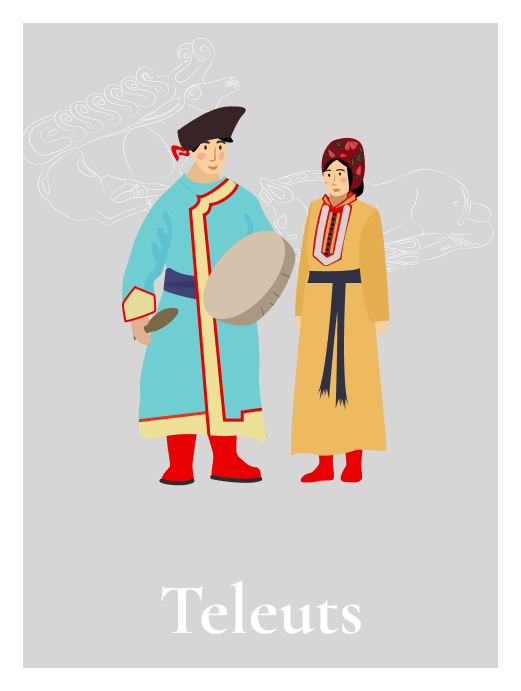
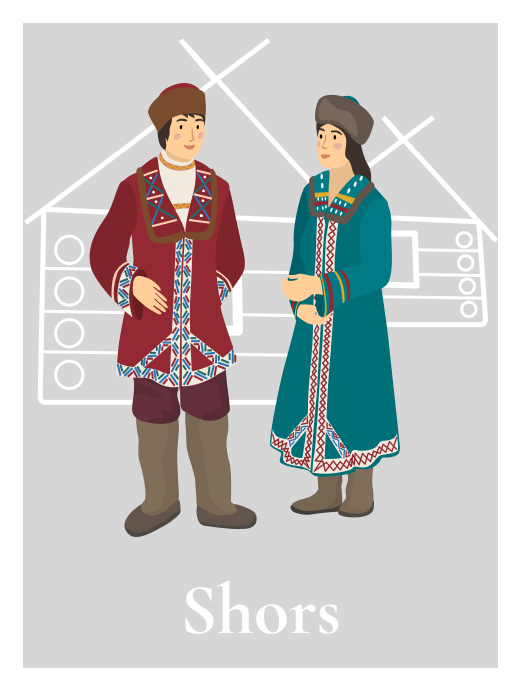
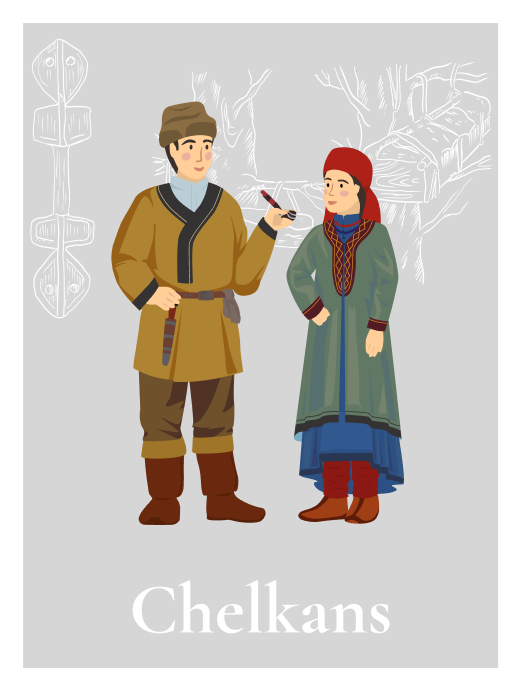
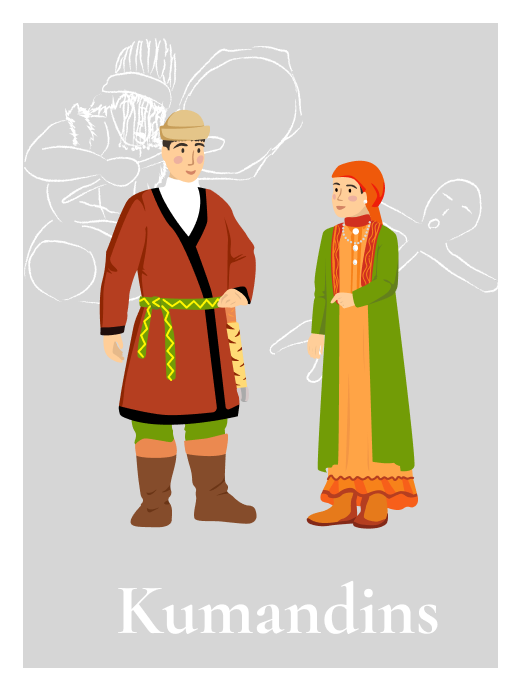

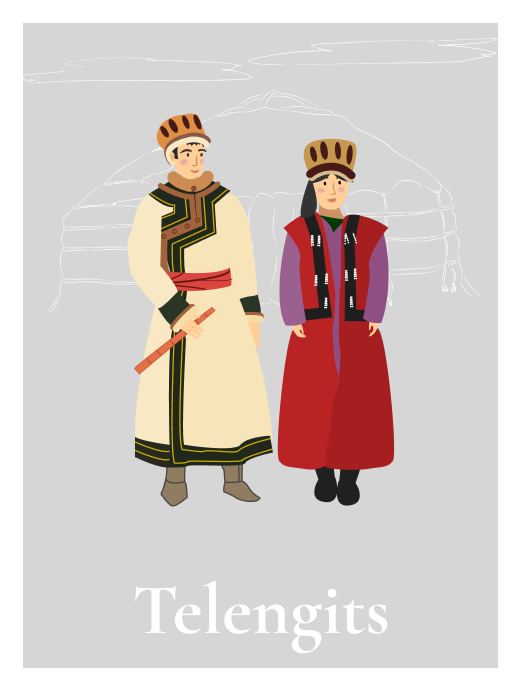
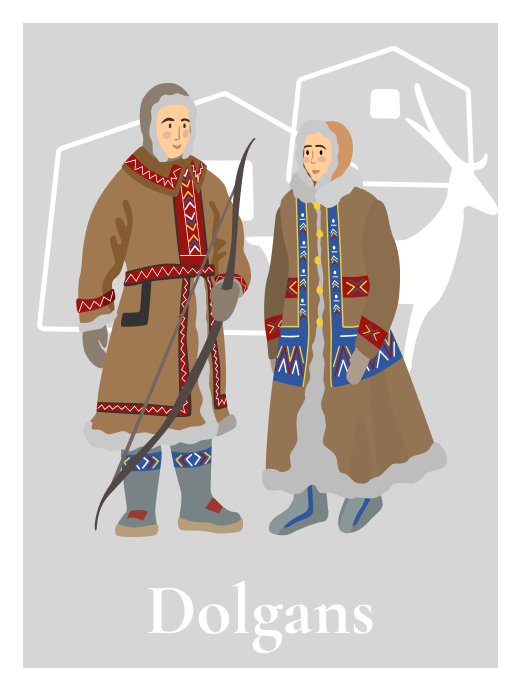

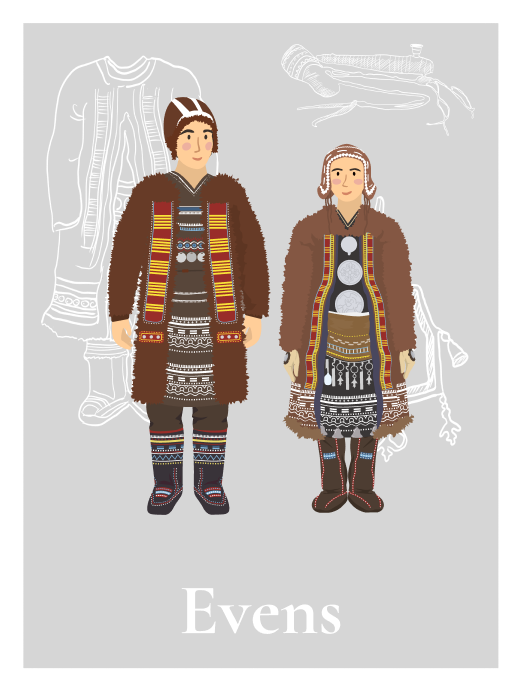
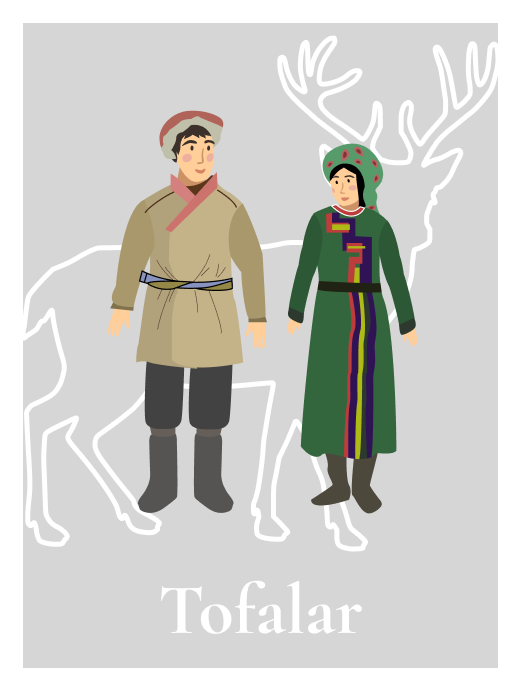
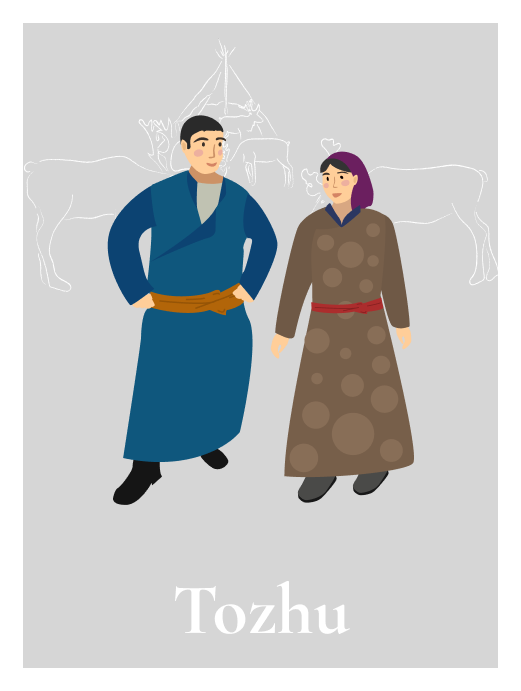

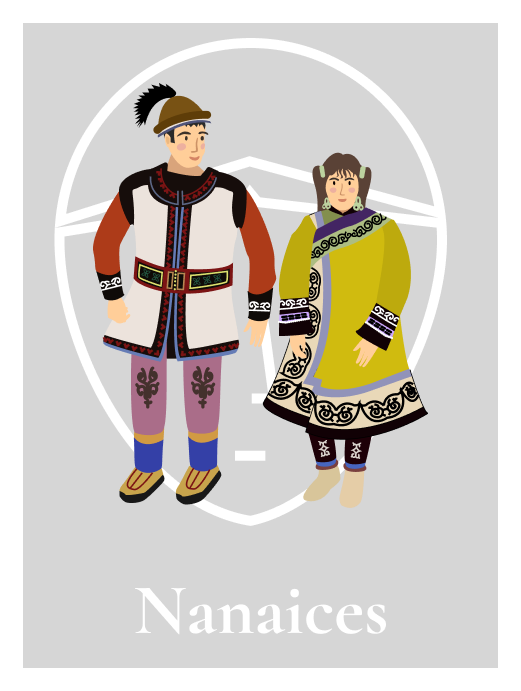
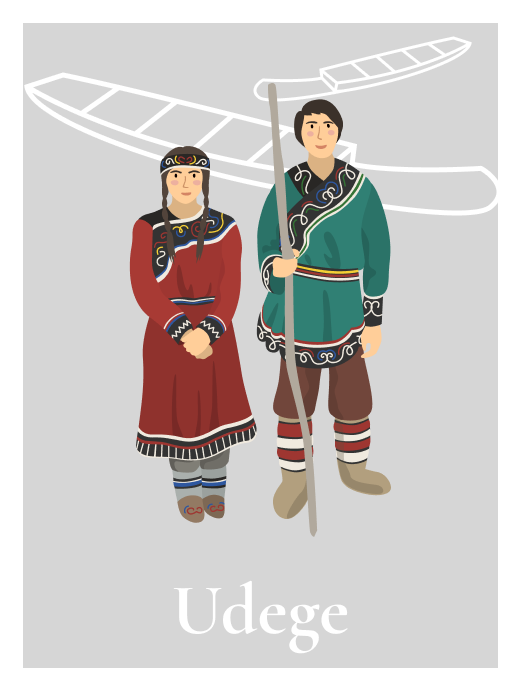
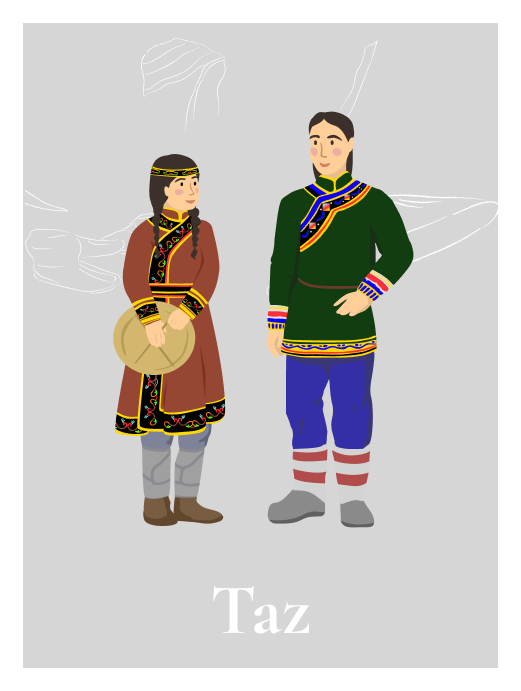


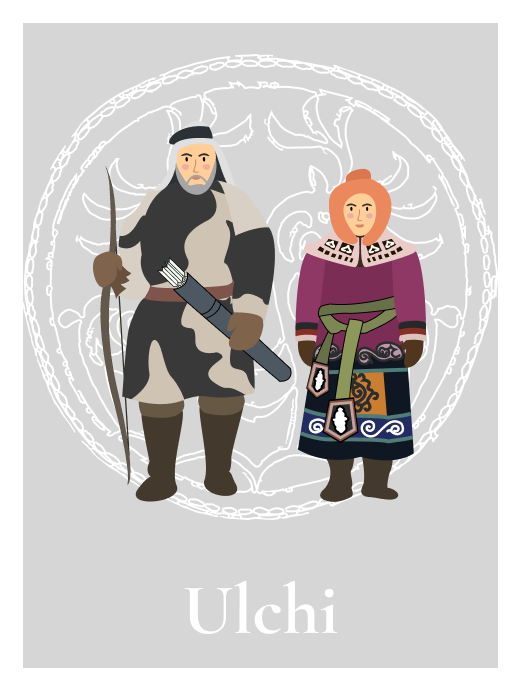

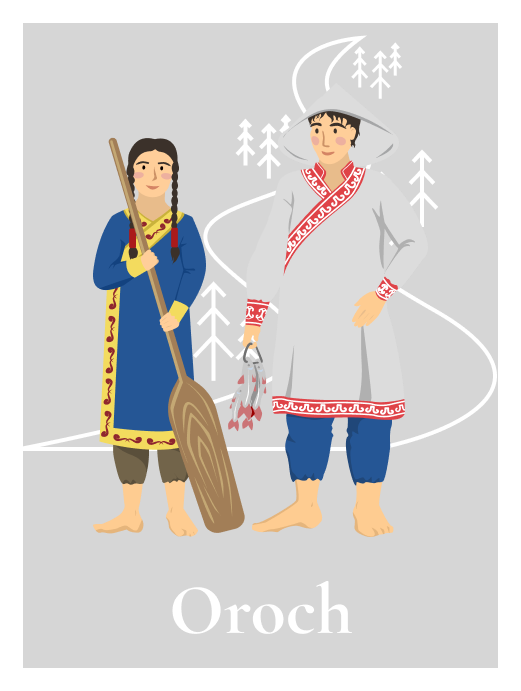
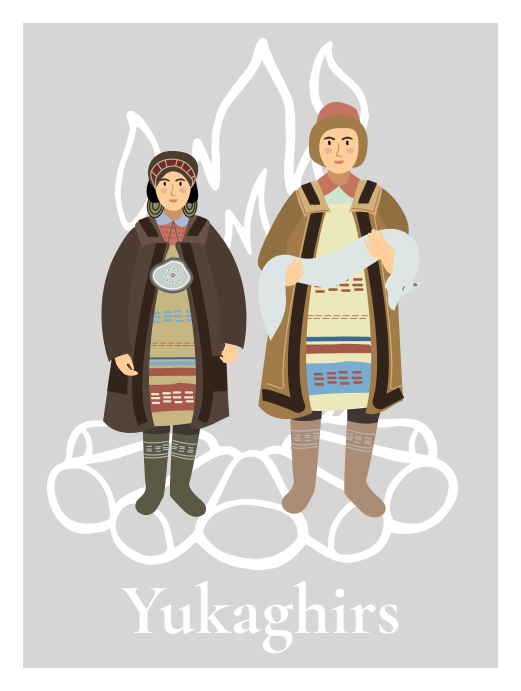
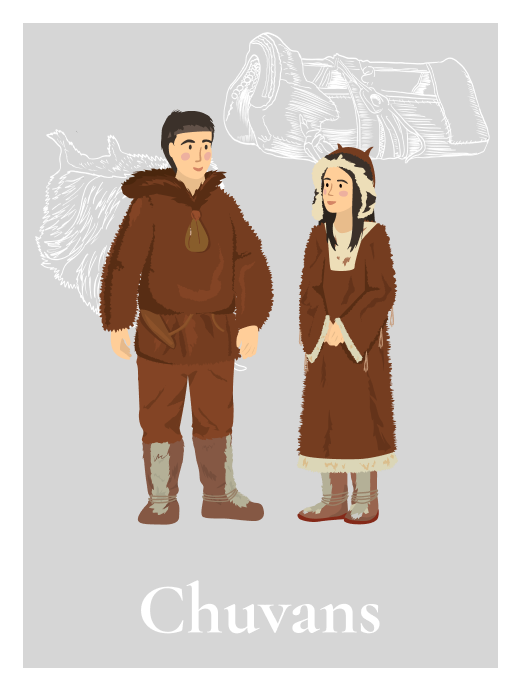

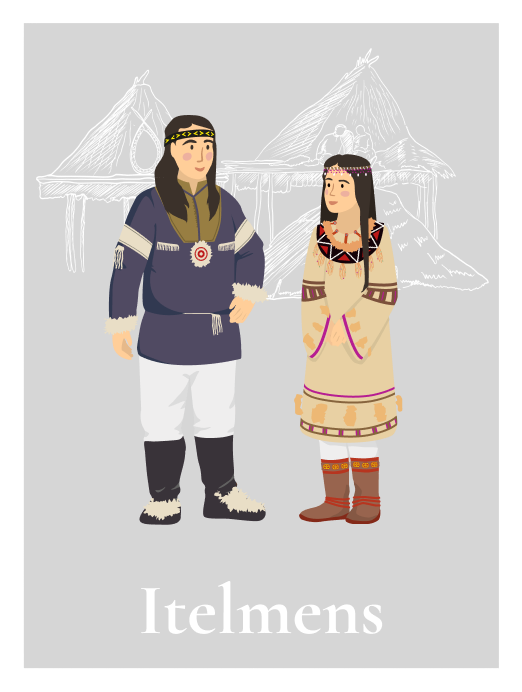
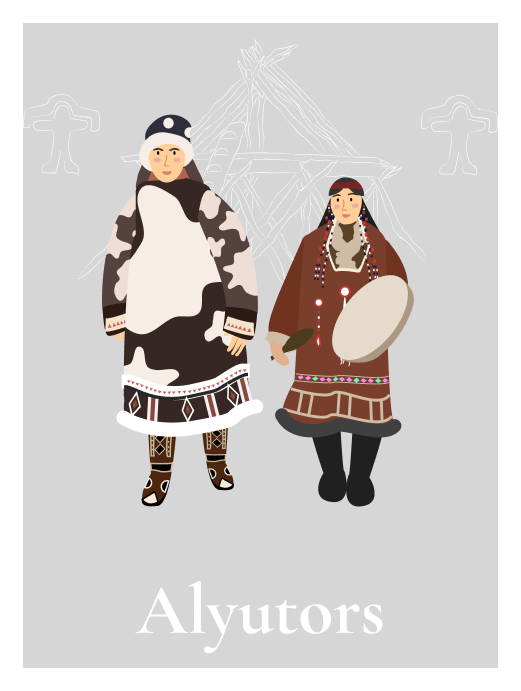
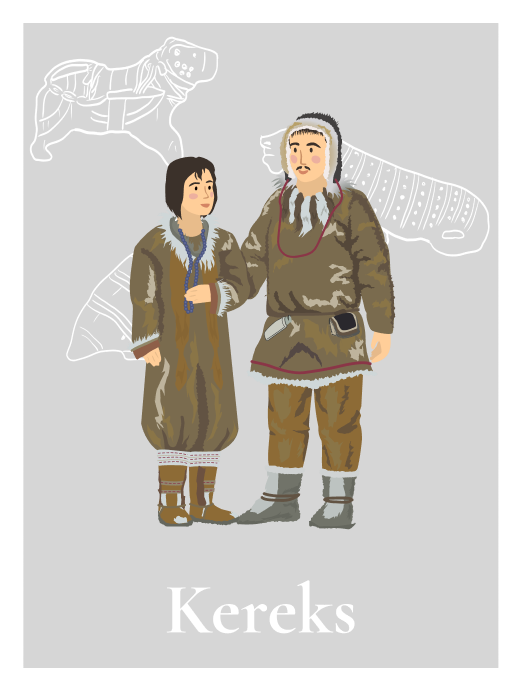


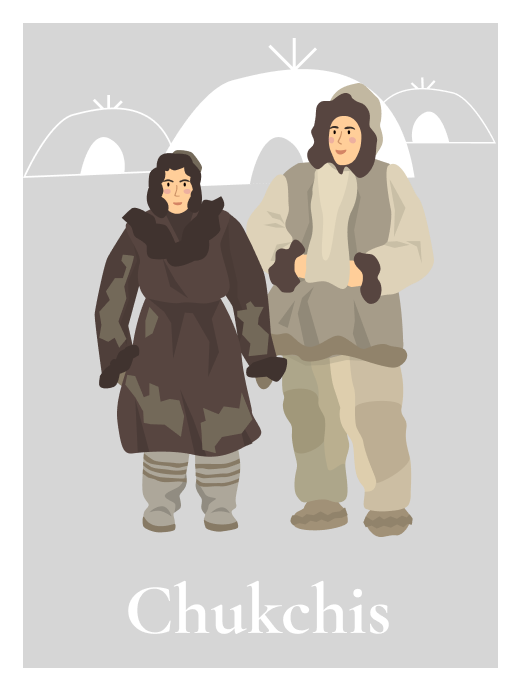
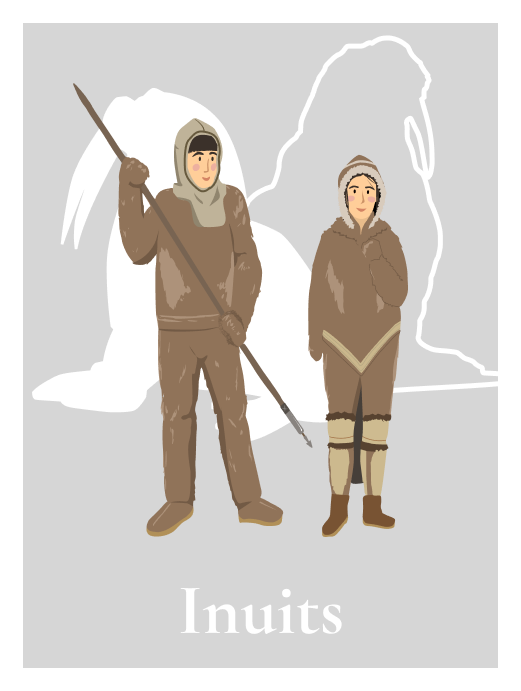
The Uilta (Ulta, Orochen/Orochon, Orok) are an ethnic group with some of the smallest numbers in Russia. The northern and southern Uilta groups mostly live in the Nogliki (the village of Val, Nogliki urban type settlement) and Poronaisk (the city of Poronaisk) districts of the Sakhalin region; they used to speak the Northern and Southern dialects respectively. Censuses record a small group of the Uilta living in the Okha and Yuzhno-Sakhalinsk districts (and on Sakhalin Island as well). Available sources put their total numbers at 320–340 persons in the 20th century and at no fewer than 600–700 persons in the 19th century.
Oil production in the northeast of Sakhalin was launched in the 1920s. This sector has greatly influenced Sakhalin’s economy in general and resulted in an increase of new arrivals (some of them were integrated into the island’s permanent population). The Nogliki and Okha administrative districts were established. In the 1960s–1980s, the island’s indigenous peoples, including the Uilta, found themselves being exposed to much greater social influence of the interethnic environment: Tatiana P. Roon writes that large ethnically mixed settlements housing the staff of oil and gas facilities appeared right next to indigenous villages. Newly established collective farms and state-owned farms naturally changed the traditional system of the Uilta’s fishing and reindeer herding, and their hunting ways also suffered.
According to the Uilta, the world has three vertically arranged worlds: the Upper world, the Middle world, and the Lower world. The Turu is the sacred pole that connects the Upper and the Middle worlds. The Ulita believe that the Tokpө, a beam with dents, is the staircase people’s souls use to go up to Burakta (this is the Uilta name for Polaris and it also means “flint”) to get to the Upper world, and that name also means the Cassiopeia constellation (its stars form a staircase). The Middle world is populated by people. Life in the Upper world aligns with all the values of the Middle world (for instance, the Upper world has many reindeer).